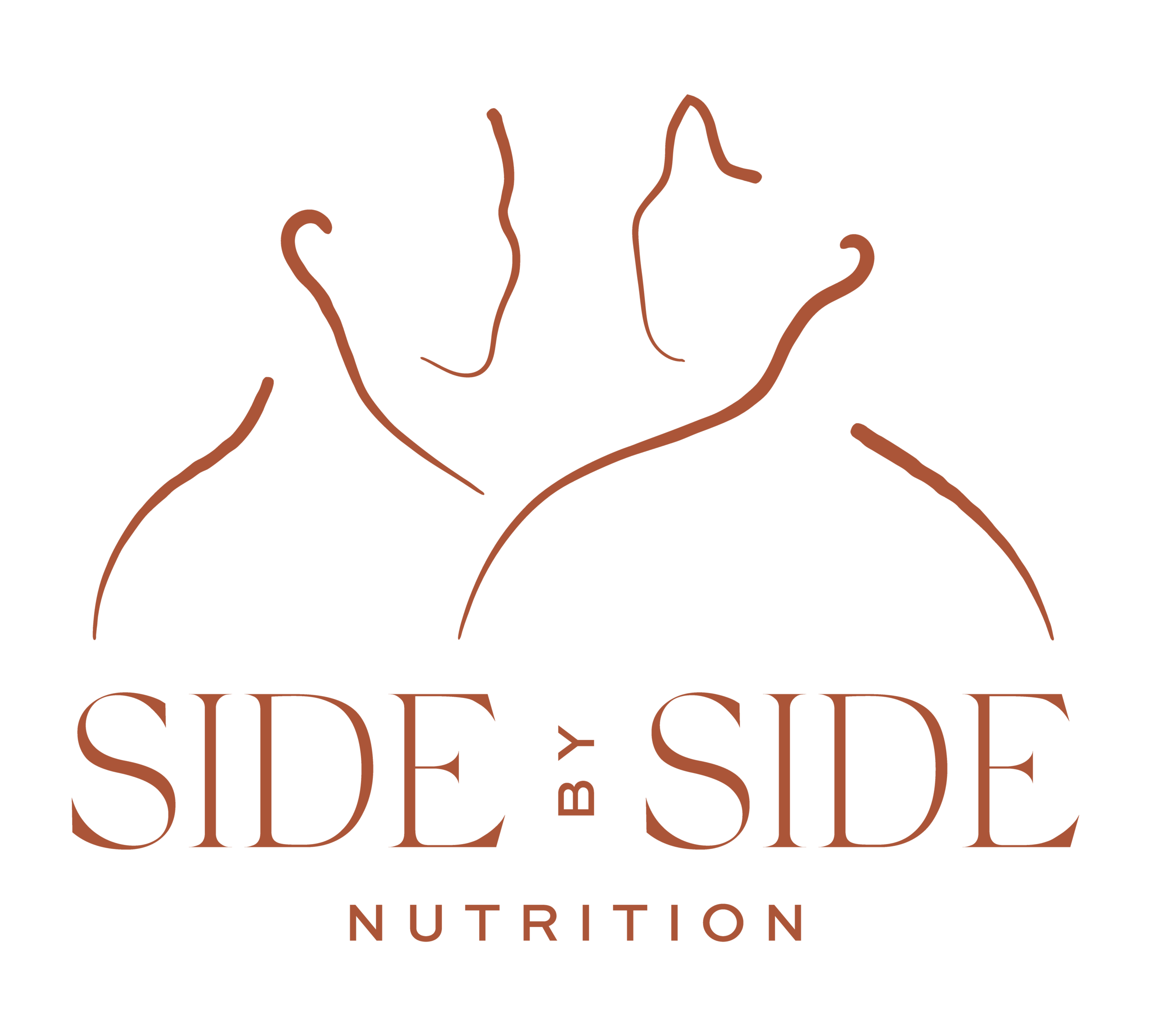Restorative Yoga and Eating Disorder Recovery: An Intro
When I took my first restorative yoga class, I was confused and craved the fast movement I was used to in vinyasa yoga classes. Instead, we were doing rest poses from the start. The class was guided into a handful of poses using props, and all we had to do was lie back and relax. While it was challenging to rest the mind at first, with time, even in that first class, I experienced brief moments of stillness. I’ve come to truly appreciate and use restorative yoga to pause, restore, and release stress. In our busy world, restorative yoga can be a chance to slow down, breathe, and chill out. When I taught it to teenagers in a treatment facility, they liked to call it “yoga nap time.”
What is Restorative Yoga?
The restorative yoga practice was developed by B.K.S. Iyengar in India as a therapeutic style of yoga for injuries or illness. Restorative yoga uses props like bolsters, blankets, straps, and more to support the body in various positions, which are held for several minutes or longer. By resting in positions, the body can gently release tension. By finding ease in the pose, you can give your body a chance to rest from the stressors of daily life and help restore the nervous system.
A restorative yoga practice may be a full hour-long class with several poses, or it could be choosing to do a pose for a few minutes before bed or to find a break in the middle of your day. Some example poses include child’s pose with a bolster or a blanket under your chest and belly, or legs up a wall.
How can it support eating disorder recovery?
Recovery can be intensive, and it is a lot of active work towards healing your relationship with food and your body. You may also be working on changing your relationship with exercise. Restorative yoga can help in several ways.
Give your body a chance to move away from intensive movement or exercise. In recovery, exercise may not be the most supportive for your body, or you may be working on healing your relationship with exercise. Restorative yoga can be a practice to connect to your body with ease and relaxation.
A tool for relaxation. You’re likely learning many tools in recovery, and restorative yoga can be a tool of “active relaxation.” You could use a restorative yoga pose before a challenging meal time, or you could use it as a way to calm your nervous system if you’re in a fight or flight stress response.
Support digestion. In recovery, it can be common to experience digestive distress, or you may have had lifelong digestive issues. The parasympathetic nervous system is often called the “rest and digest” system. In restorative yoga poses, you give your body a chance to find stillness and breathe, which can end up supporting digestion.
Permission to rest and be in your body. Instead of trying to change or control your body, restorative yoga can be an opportunity to rest and connect to your body. It can be permission and a reminder that your body is worth taking care of and is deserving of rest.
There is no right or wrong way to practice restorative yoga, and every pose may not feel great in your body. That is okay. If you choose to practice restorative yoga, you can adjust the poses or props based on what works for you in the moment. If you find it hard to relax or calm your body or mind in the poses, that is also normal and okay.
This is a practice, and finding a few seconds of calm may lead to a few minutes or more with time. It may be uncomfortable to be still in your body, especially if you have a history of trauma. A therapist or trauma sensitive yoga teacher can help support you in the practice, or provide guidance if restorative yoga would be beneficial for you at that time.
Join a Restorative Yoga Class
If you’d like to join a guided restorative yoga class for eating disorder recovery, our first class will be Monday January 11th at 6:30 pm MST. If you cannot join live, the recording will be available and sent out via email after the class.
The class is pay-what-you-can format (suggested $10-20) and will be virtual via Zoom led by Lauren Haughey, CEDRD, RYT. To sign up, email lauren@sidebysidenutrition.com.


